It was late July 2023 last time I went to Japan, and it was the best place I’ve ever been to. On its outset, Japan is not only clean, efficient, and civilized, but also dotted with incredibly preserved cultural gifts everywhere. That’s why I seized the opportunity of taking the SAT to go to Japan again.
Nara
We first arrived in Dalian, a northeastern Chinese city, to catch our flight to Japan, as it was much cheaper. Dalian, however, was simply like a typical, unremarkable Chinese city: very dull. The only notable place was the so-called “Russian Street,” supposedly built during the Russian occupation of Dalian, but it turned out to be just another xiaochijie (small eats street) filled with unhygienic and unappetizing food. I didn’t really like Dalian. Fortunately, we were soon on our way to Nara, flying in through Osaka.
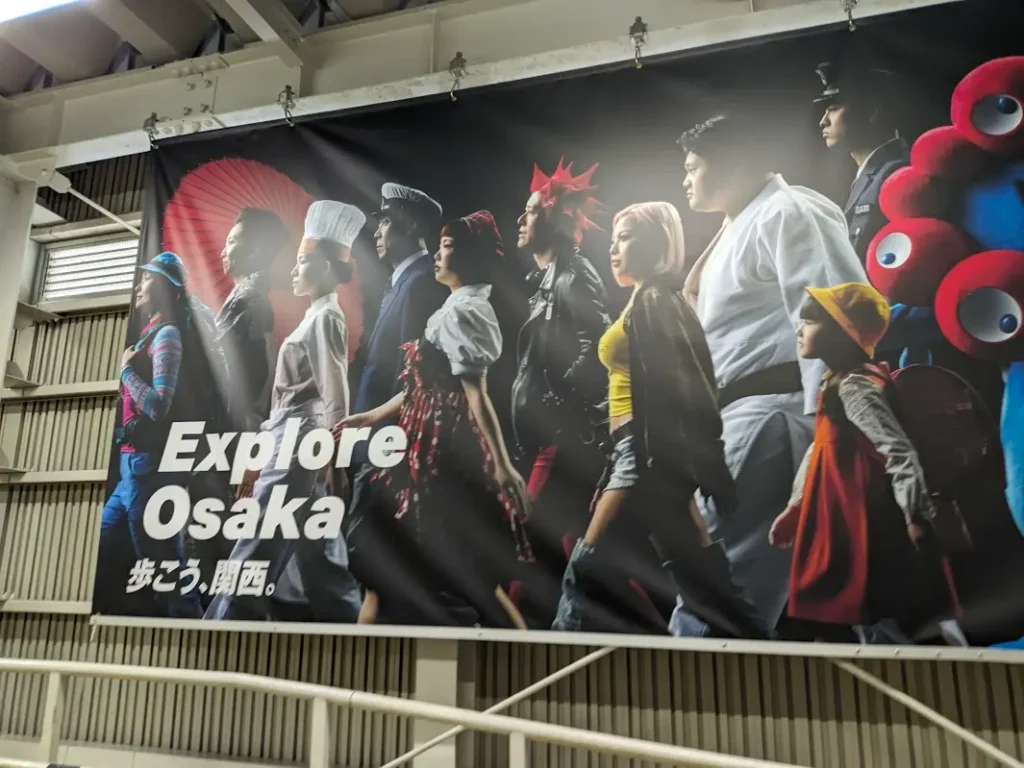
Nara is a simple, small city that we dedicated a day to exploring. In the morning, we visited Nara Park, the city’s main attraction. It was just a ten-minute walk from our hotel, and the park was truly beautiful. I even had the chance to interact with the adorable deer!
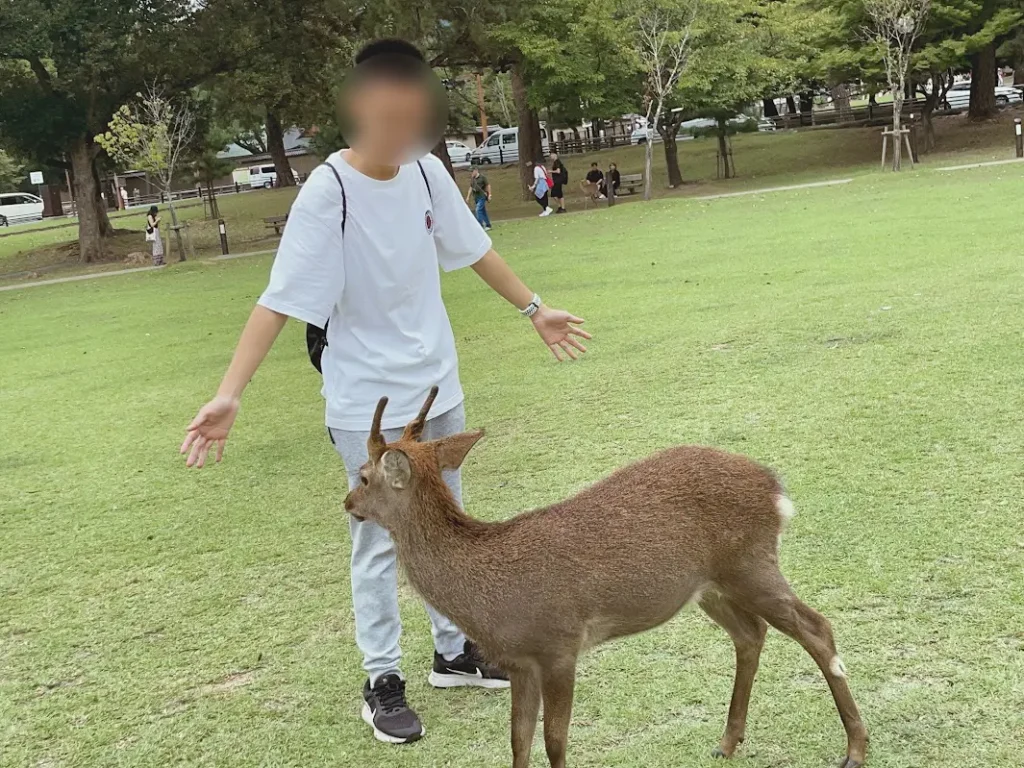
That “adorable” impression didn’t last long, though. As I tried to buy a pack of deer crackers, a deer suddenly attacked me from behind, knocking the crackers to the ground. They quickly devoured the entire pack in one gulp. We also saw two male deers fighting across a wooden fence. Deers are ferocious animals.

The subtle interaction between nature and humans in Japan is remarkable. As we strolled through the city, we saw a deer and a tourist charmingly bowing to each other. The deers also rested peacefully along the streets, even beside bus stops—an experience unimaginable in the uncivilized Chinese cities.
Another remarkable aspect of Japan is its meticulous preservation of cultural relics. In Japanese, these relics are referred to as “文化财,” which translates to “cultural treasures.” We visited Tōdai-ji, one of the prestigious Seven Great Temples. Tōdai-ji was built in an effort to emulate the highly esteemed temples of the Tang dynasty. China once was admired. Yet today, only four Tang dynasty buildings remain in China, and even Chinese scholars researching this era must travel to Japan for study. Many historical structures were lost during the insane period of the 1960s and 70s in China.
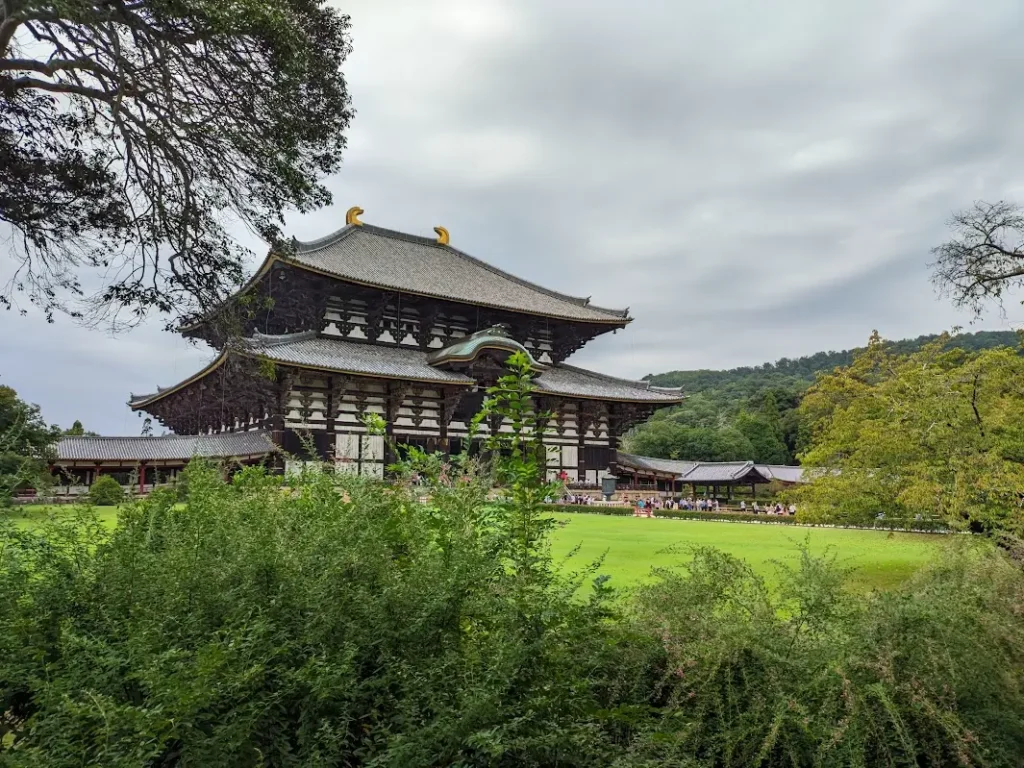
For lunch, we had a local specialty——the mouthwatering persimmon-leaves sushi. It was accompanied by shrimp udon, tempura, and a bowl of miso soup. Japanese food never disappoints.
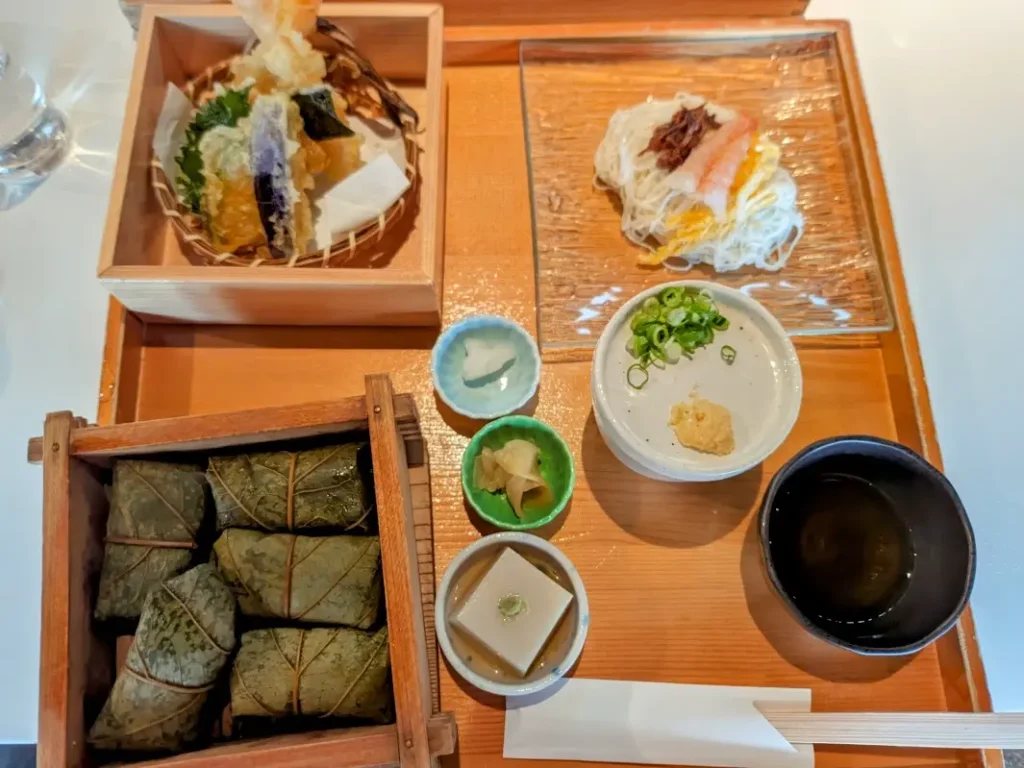
Nagoya
The next day, we headed to Nagoya, with a spontaneous stop in Uji to try its famous matcha treats. The decision was made on a whim while we were on the train to Kyoto, which passes through Uji. Since we had time before our Shinkansen, we decided to take a brief detour. It turned out to be a great choice—the matcha was absolutely delicious.
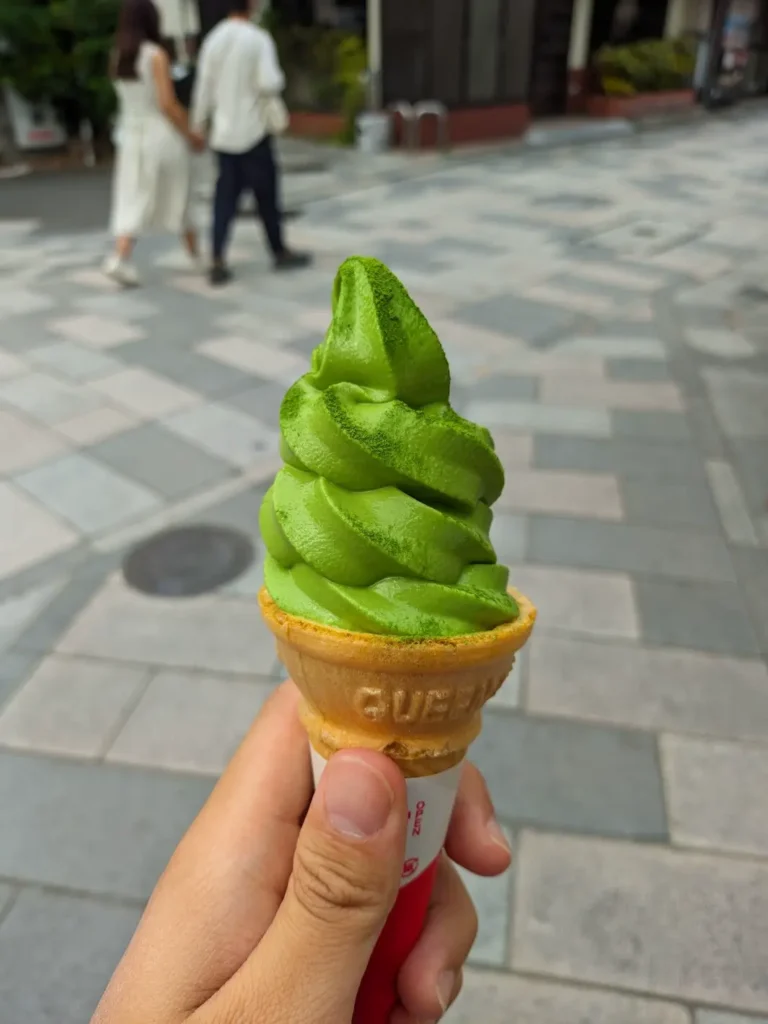
Nagoya is palpably more urban than Nara. Nara doesn’t have a subway system; Nagoya does. Nara doesn’t have skyscrapers; Nagoya does. Nara and Nagoya are on two ends of the spectrum: one is tranquil and filled with cultural treasures, while the other is bustling, but with less heritage.
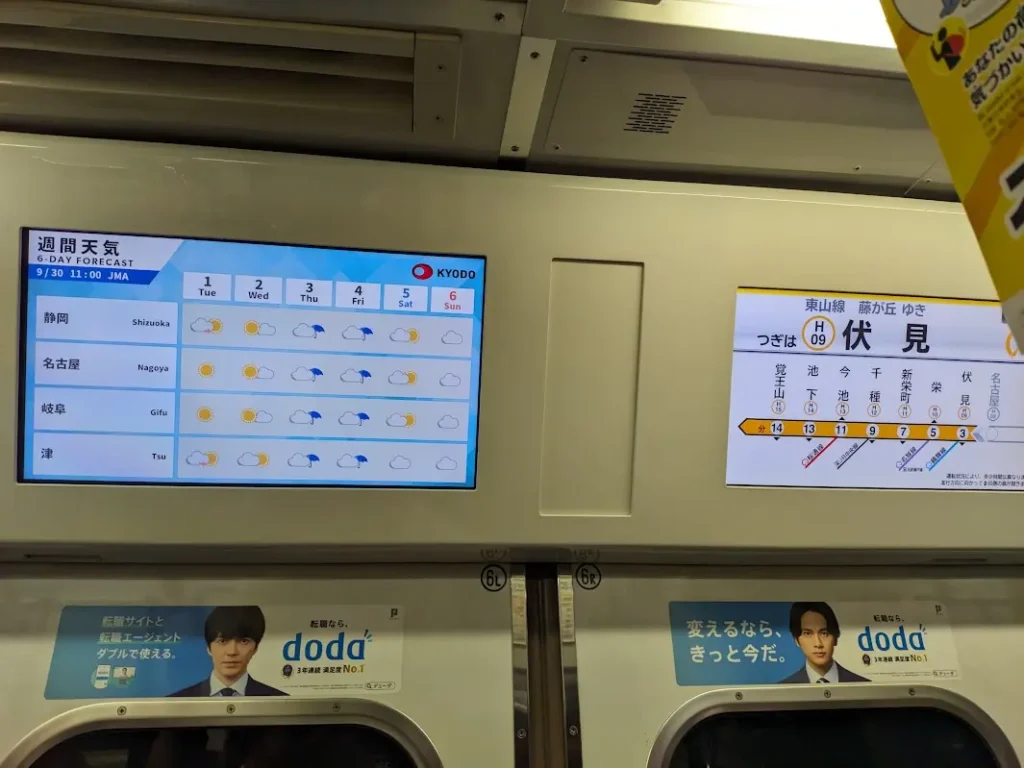
Nagoya has less historical charm compared to other cities. Few of its top attractions are tied to its past, with the exception of Nagoya Castle. The night we arrived, we visited the illuminated television tower, but it was just that—a television tower, no different from any other. Another attraction was “Oasis 21,” a large, glass, leaf-shaped structure suspended above the city. Still, that was only an artificial site, lacking any real intrigue.

Nagoya Castle, however, was a must-see, and we made it a priority to visit on our second day. It reminded me a lot of Osaka Castle, which we visited last year, as both were built by Tokugawa Ieyasu. While the castle’s interiors weren’t particularly remarkable, a few other aspects left an impression.
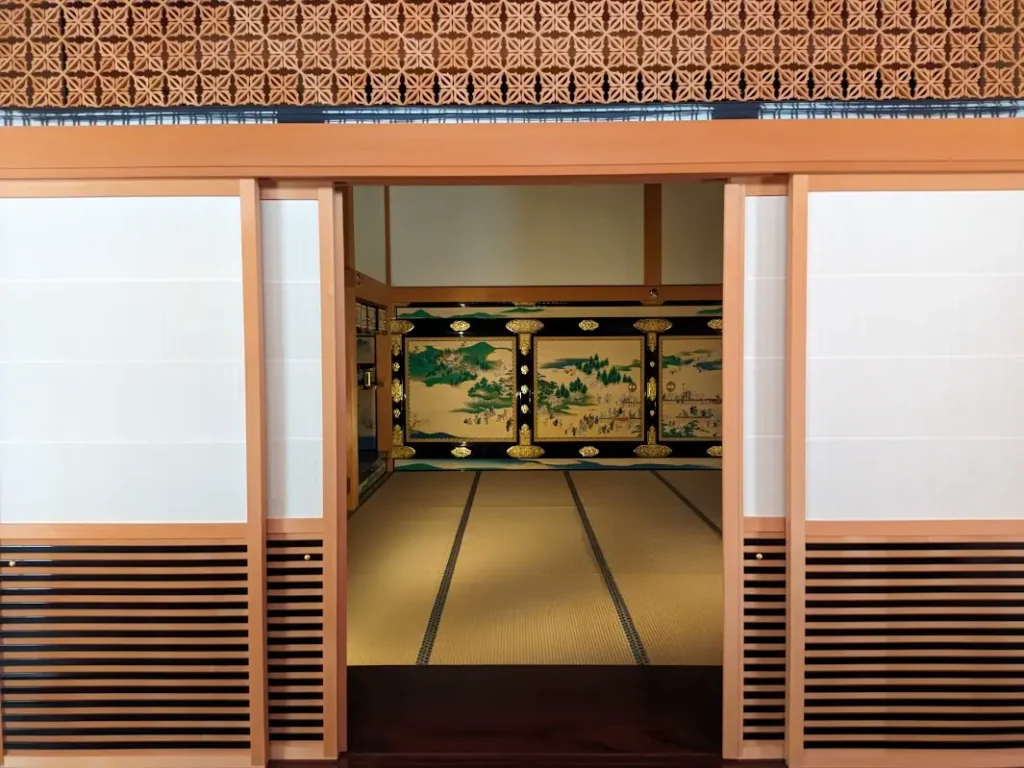
Inside the castle courtyard, two men dressed as samurais were offering free photos. Every time someone took a picture, one of them would announce in a commanding voice, “San, ni, ichi!” (Three, two, one). I also came across a gray-white cat peacefully sleeping nearby. I love cats.
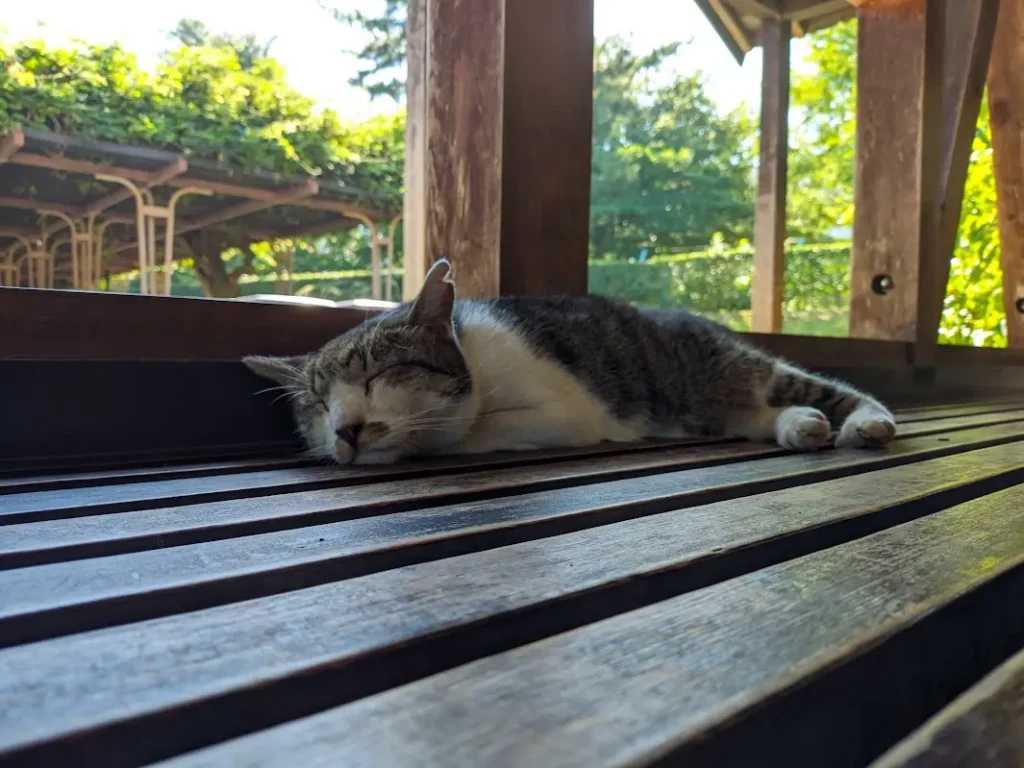
While Nagoya may not be as historically rich as Nara, it still left me with a positive impression as a Japanese city. None of the residents went around naked, spewing profanities, and with cigarettes always dangling on their lips. They were civilized, as with all Japanese people I’ve seen. The level of service was impressive, and our hotel was clean and remarkable.
Tokyo
The next day, we embarked on a Shinkansen journey to Tokyo. I was truly impressed by the Japanese transportation system. In China, you often waste ten minutes going through security checks and another ten queuing to have your ticket scanned at a slow ticket machine. In Japan, the ticket machines use faster FeliCa technology, and there are no security checks required. This efficiency makes Japan’s entire rail system easily navigable, allowing for seamless travel between cities on all forms of rail transit, including subways.
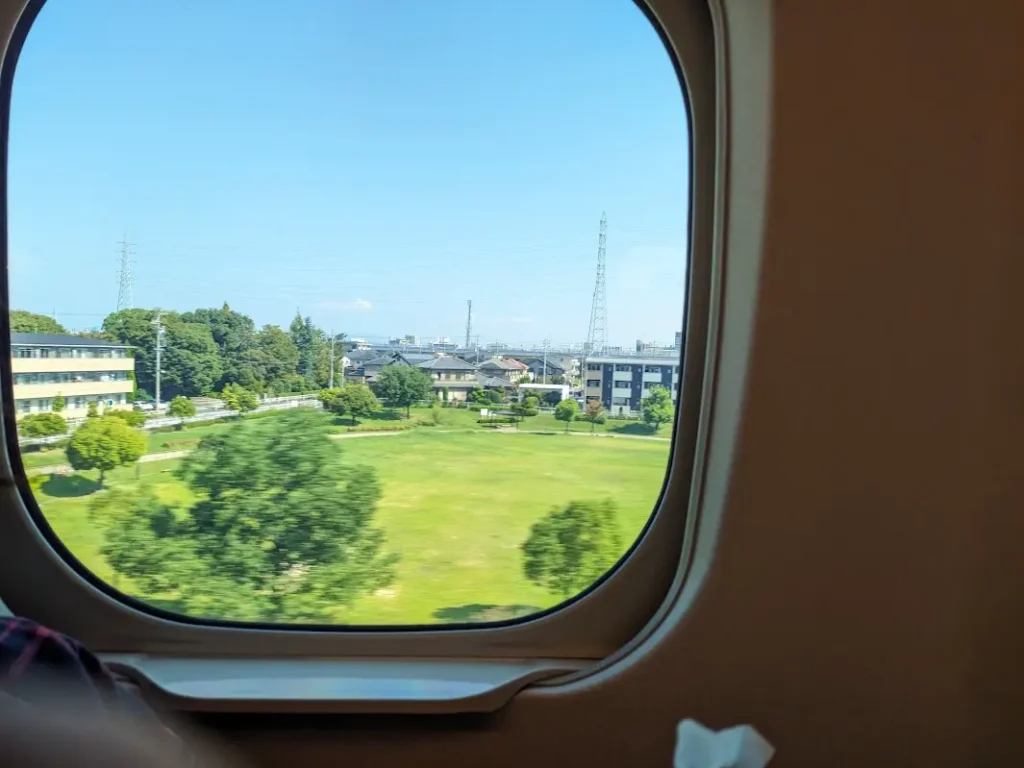
Tokyo is a truly vibrant metropolis. On the night of our arrival, we visited Tokyo Skytree, and the view was absolutely breathtaking. From the observation deck, the city lights stretched endlessly into the horizon, twinkling like stars scattered across the ground. The cars flowed through the highways like blood cells charting their way through veins, weaving seamlessly through the urban landscape. Nothing more, nothing less than a beautiful view.
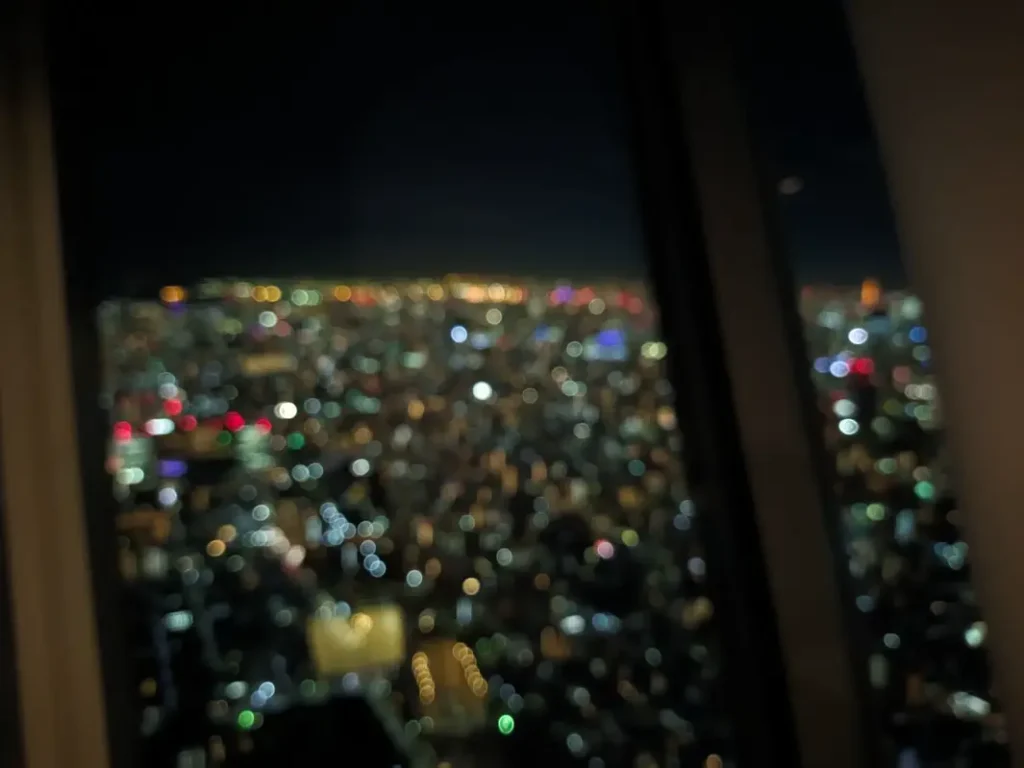
Tokyo is a true cosmopolis. On our way there, we noticed foreigners almost everywhere, a sight not often seen in China. Years of nationalist propaganda, especially since COVID-19, have fostered an imbecile hostility toward outsiders. Without embracing the world, a nation could never reach its full potential. China mustn’t revert its efforts of reform and opening up, yet we are starting to see a worrying tendency.
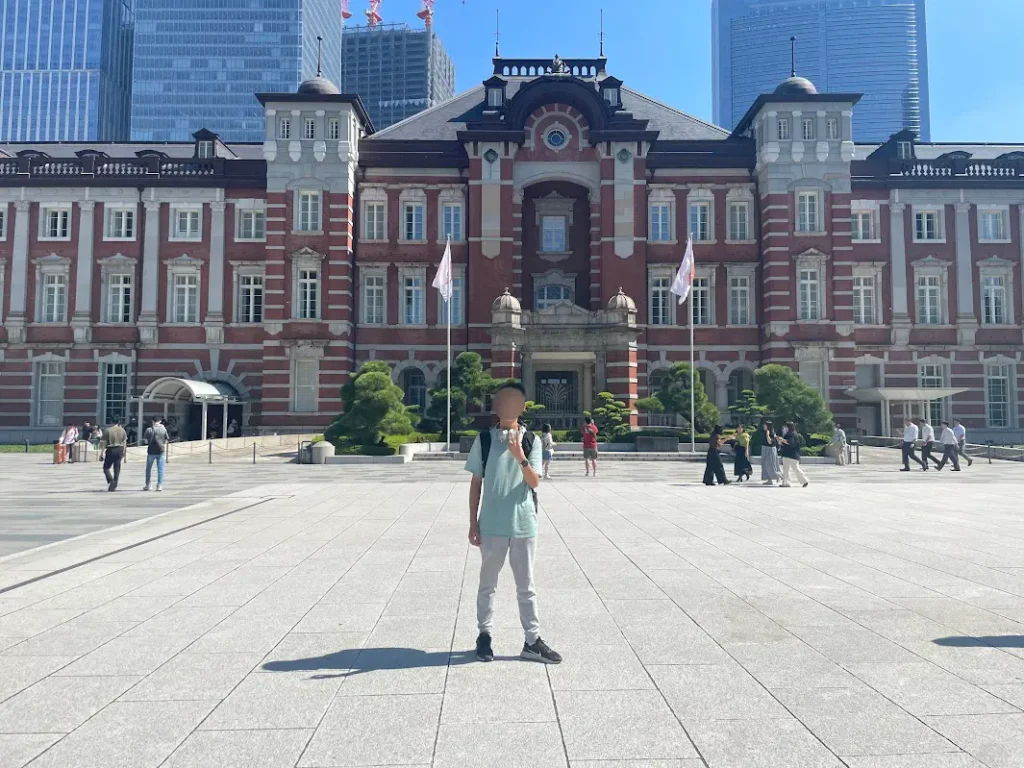
From my last trip to Japan, two things I missed the most were the sushi from a restaurant at JR Ueno Station and the orange-mixed chocolate blocks that I couldn’t find in China. On our second day, our top priority was to track down these treasures. We headed straight to JR Ueno Station, where we indulged in the exquisite sushi (now even more expensive than before) and found the coveted orange-mixed chocolate at a NewDays convenience store.
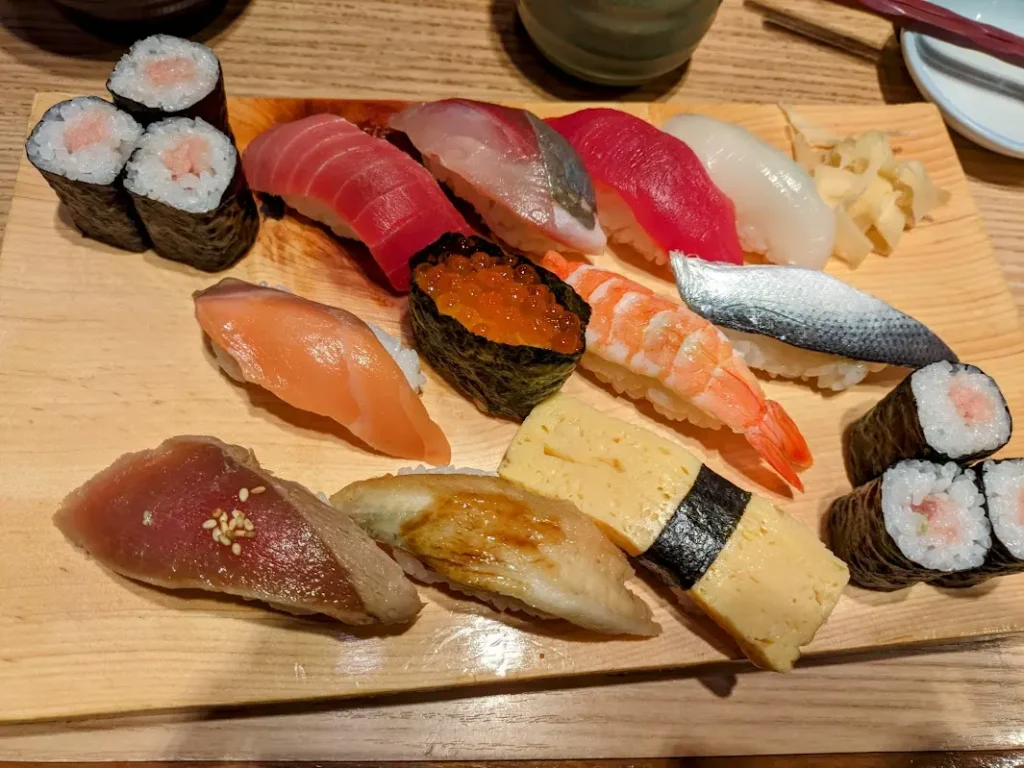
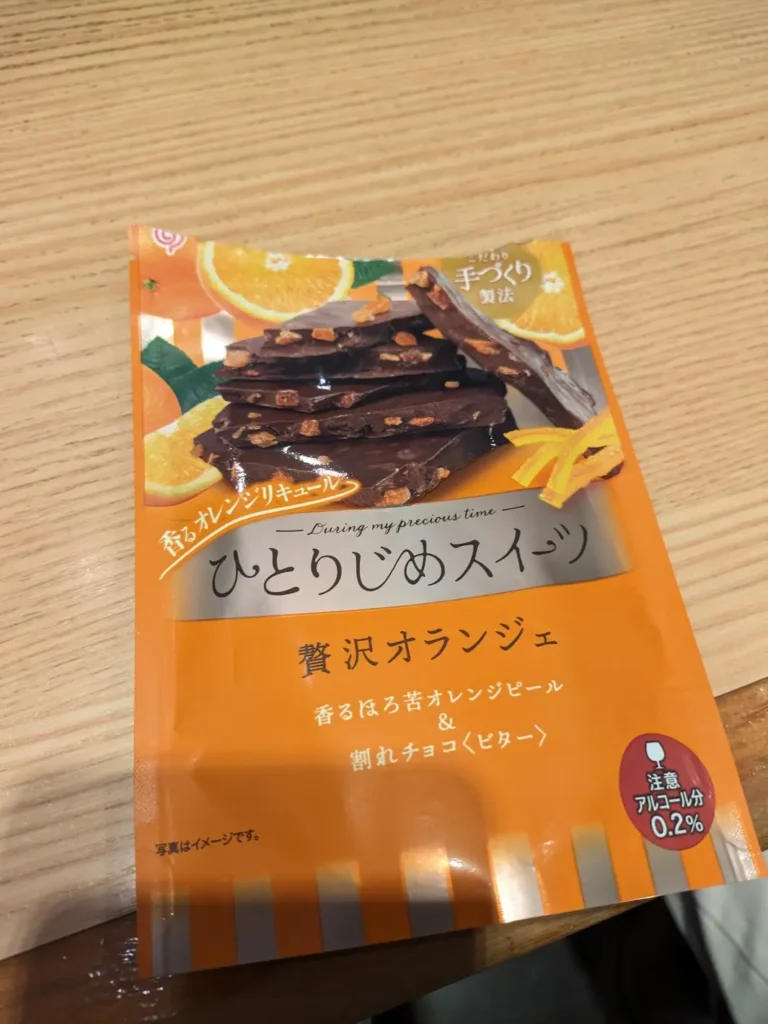
We also took a SkyBus around Tokyo, and we saw the famous Tokyo Tower, although it was a bit cloudy.
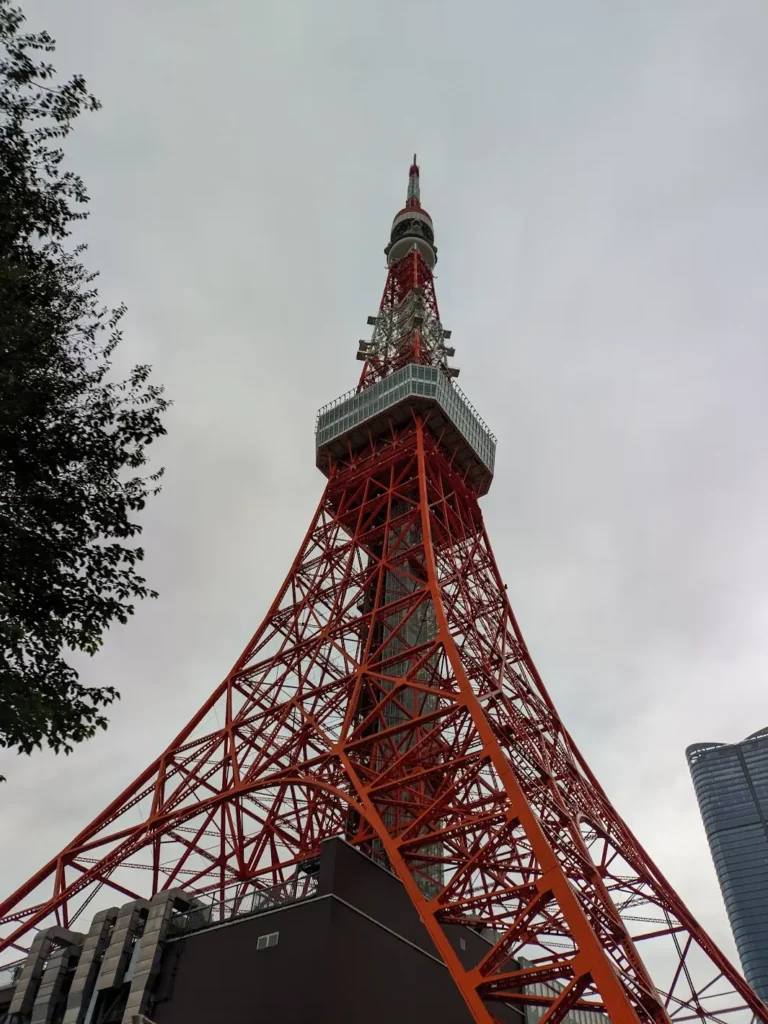
The next day, I strolled around random locations in Tokyo, trying not to strain myself too much because I have an SAT upcoming the next day. I visited a random overpass, a random station, a random crossroad, and a random shrine.
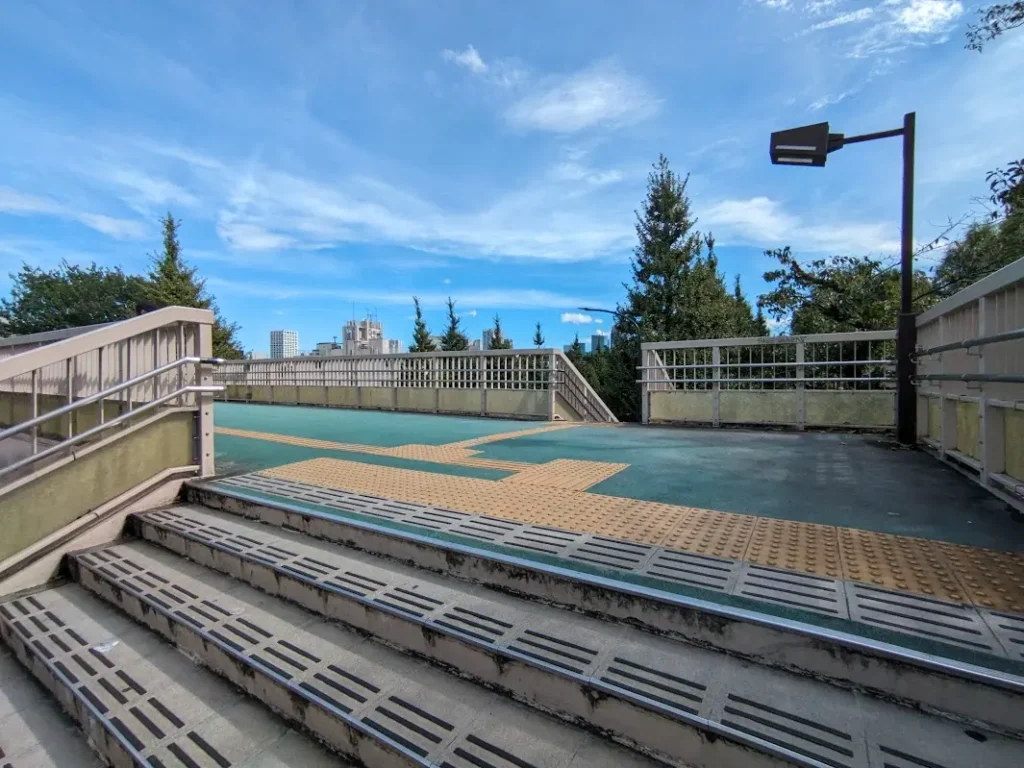

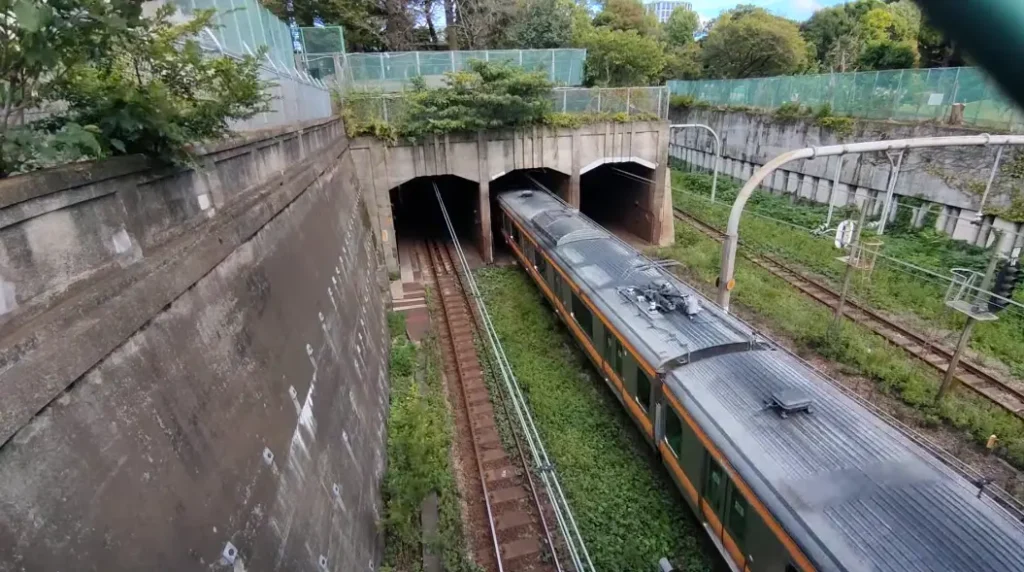
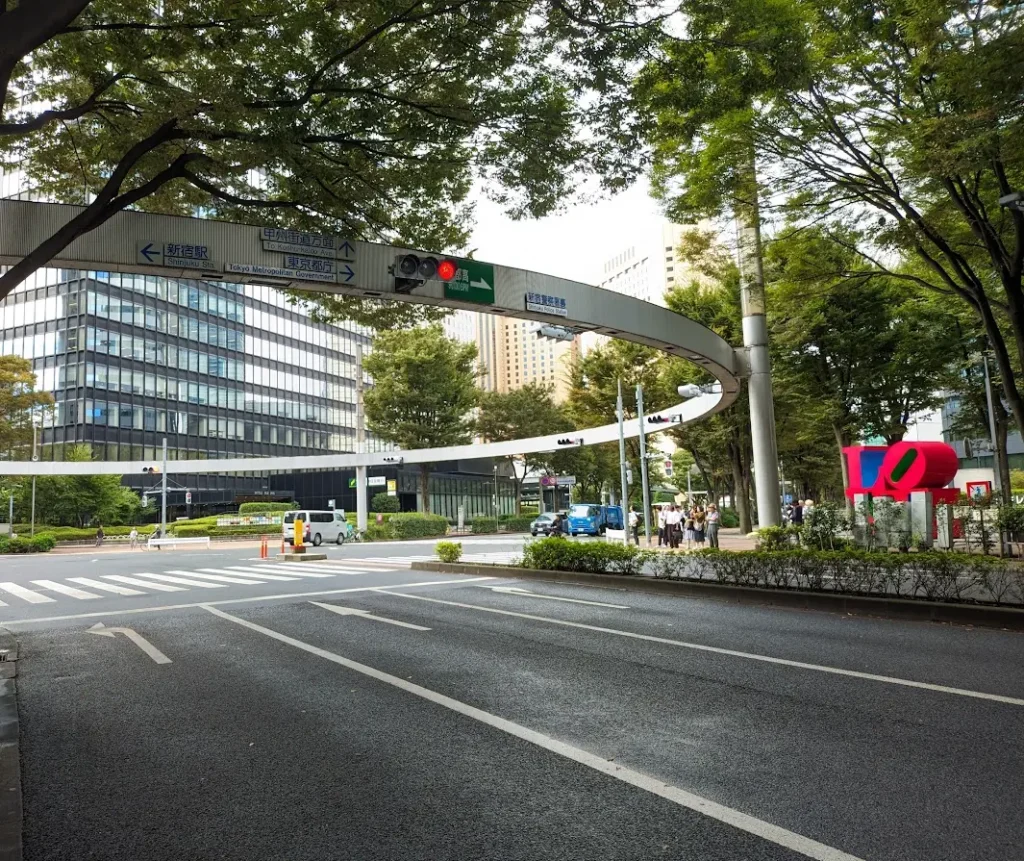
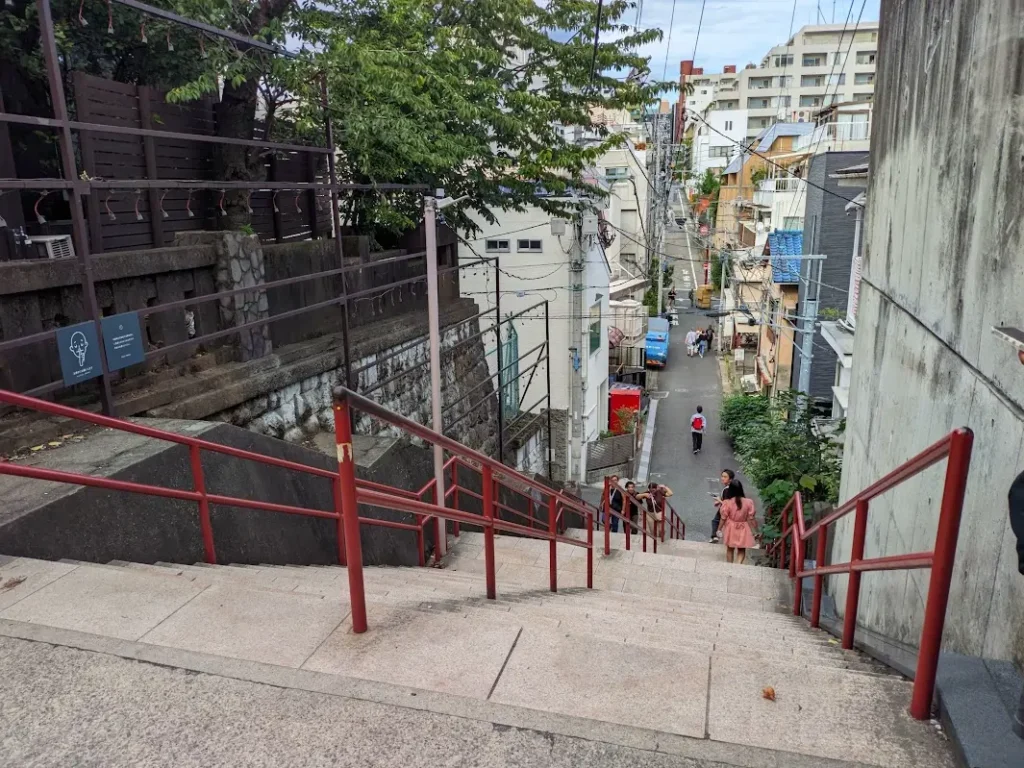
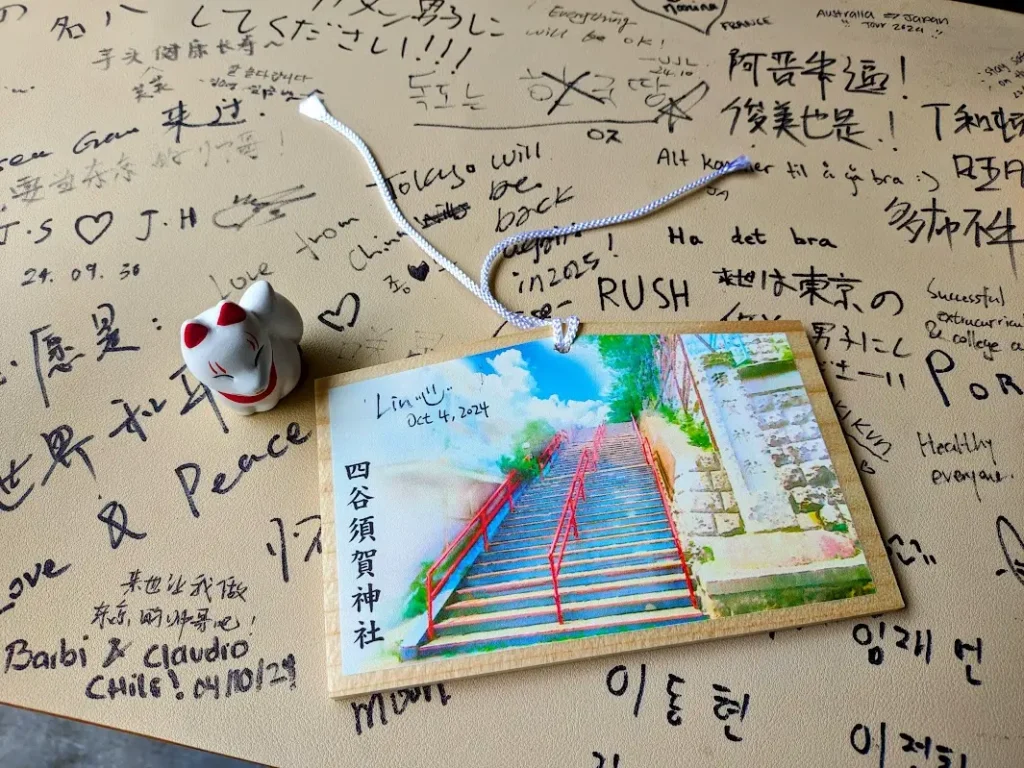
I also went to Akihabara and Ginza. Tokyo is such a thriving metropolis, bustling everywhere.
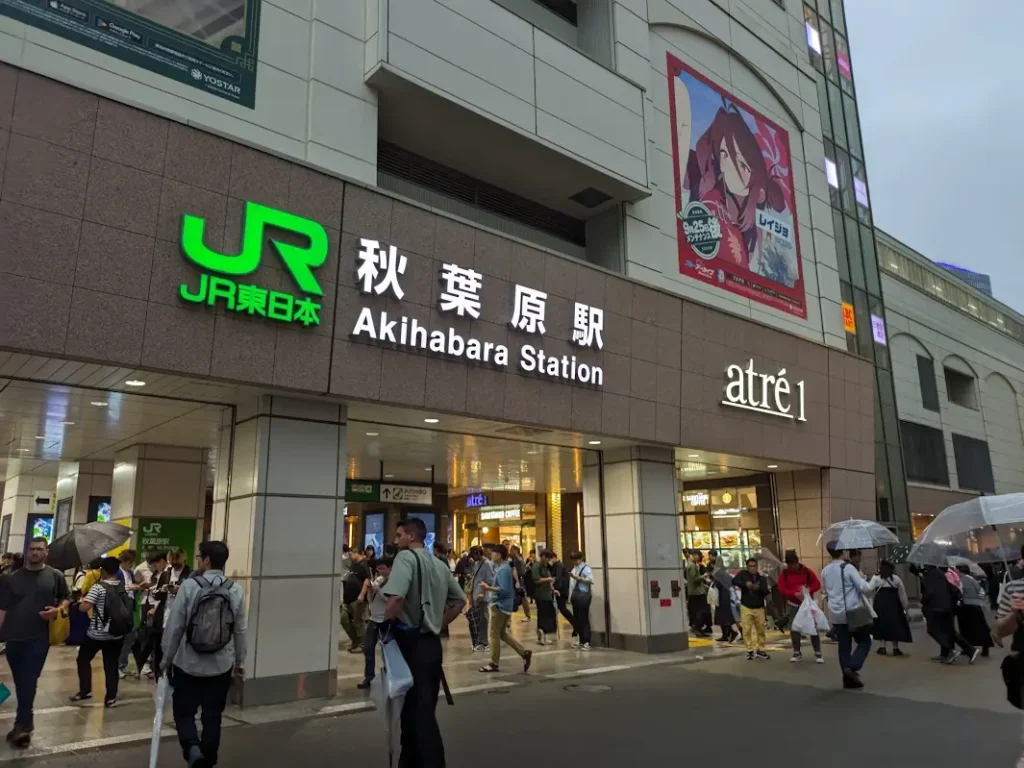
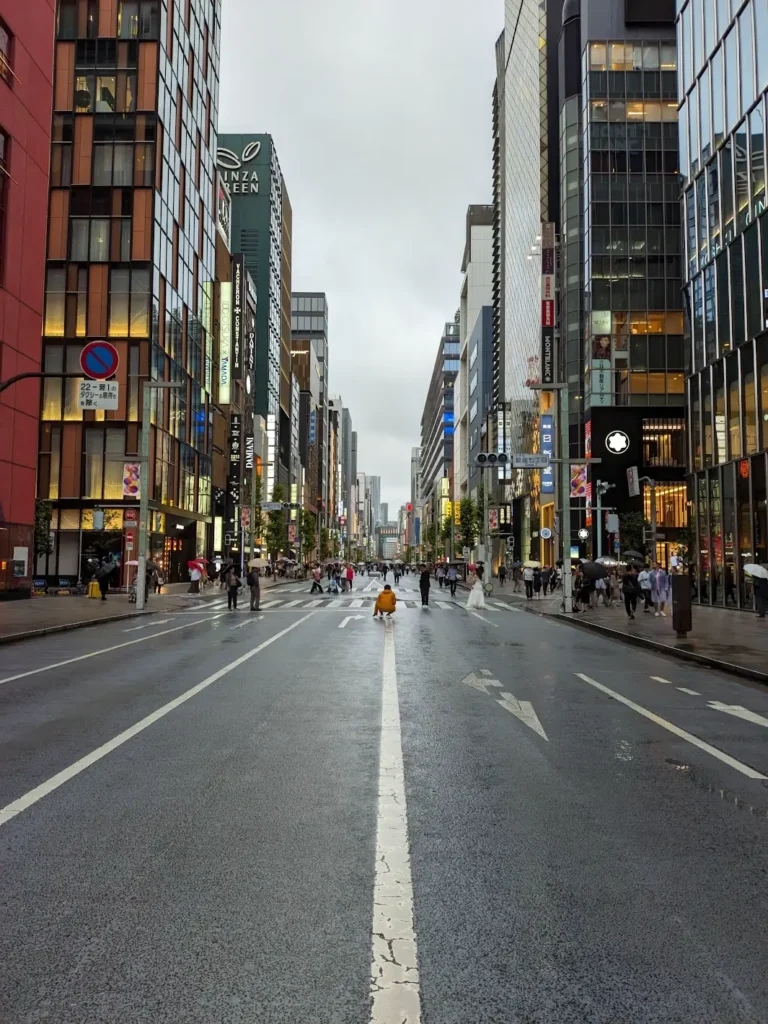
SAT
October 5th was the big day—my first time taking the SAT. I felt incredibly nervous as I entered the school, overwhelmed by all the uncertainties. For a while, I wasn’t even sure if I was in the right place. But soon, people began gathering at the entrance, and when the doors opened, we all went in.
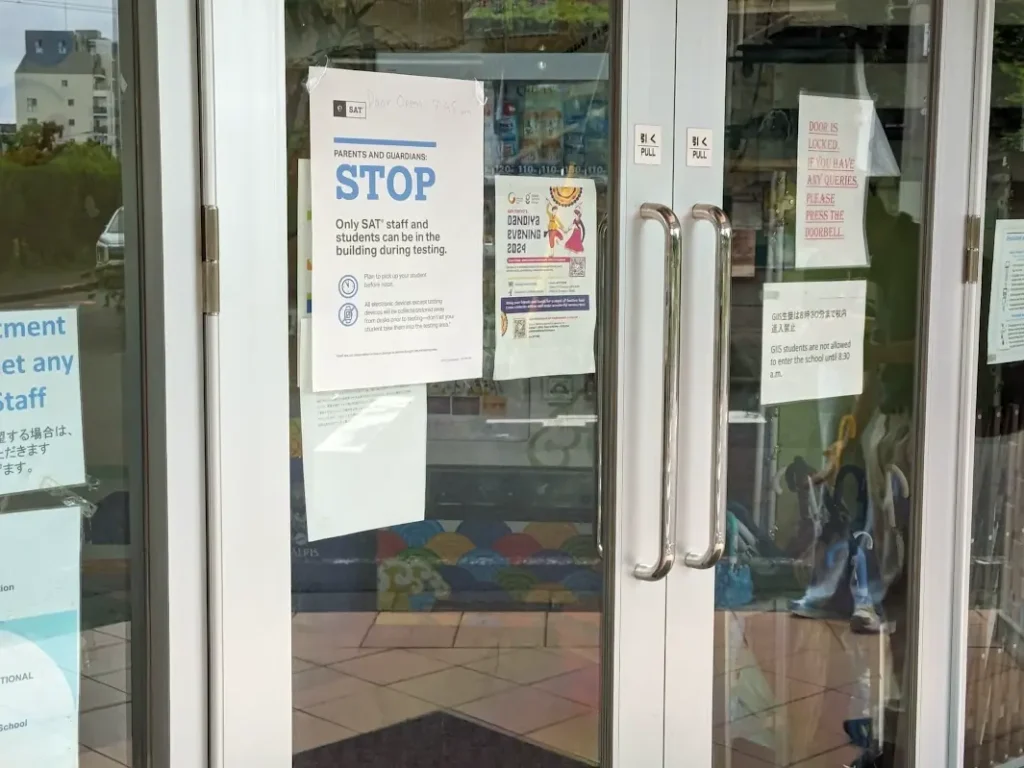
Our test center was an international school catering to Indian residents in Nishi Kasai, and I found myself surrounded by a mix of Indian and Japanese students. As the test began, my heart raced uncontrollably for the first few minutes, with no clear reason why. I couldn’t focus at first, but as I worked through the questions, I gradually began to relax. I breezed through Module 1 of the Reading section.
But then came Reading Module 2, and it hit me hard. The vocabulary questions were filled with words I had never encountered, and the reading comprehension questions were extremely challenging, with answer choices that all seemed to state the same ideas. Oh my god, I was trying to guess almost all the time, and I came out of the center not knowing how well I did.
In The End
The evil comes in the comparison.
Japan is an incredible country with remarkable people. In Japan, I can confidently assume that the person in front of me is part of a respectful and considerate society. Everyone I’ve met in Japan has been friendly to tourists, always doing their best to help.
Japan has an undeniable liveliness to it. Almost every JR station is surrounded by bustling commercial activity, with tempting food and new things to try at every turn. Japan also excels at blending its rich history with a modern, “cool” aesthetic. It strikes a perfect balance, preserving its incredible culture while making it relevant and popular in the 21st century.
Japan is thoughtfully designed, with attention to even the smallest details. For example, restrooms often have two rolls of toilet paper to ensure you’re never caught without, and accessible facilities are available everywhere. Traffic lights in Japan emit sounds to assist the visually impaired in navigating the city—a feature that, in China, would likely be dismissed as “annoying” by an uninformed public. In Japan, posters, buildings, and public amenities all feel cohesive and harmoniously integrated into the environment.

As a Chinese citizen, I feel a strong desire to see our country improve. It’s true that many advancements have been made. China now has better privacy protections through the Personal Information Protection Law (though it’s virtually useless because the ID requirements for social media are still there), and the new Accessibility Law mandates that traffic lights emit beeping sounds for the visually impaired (though this hasn’t been widely implemented). Nationalist and populist propaganda in education is also less intense compared to 2020. However, the gap between where we are and where we need to be is still vast. It’s crucial to confront these issues directly, not dismiss them. Only by acknowledging our shortcomings can we move toward meaningful improvement.
(Oct 13, 2024)